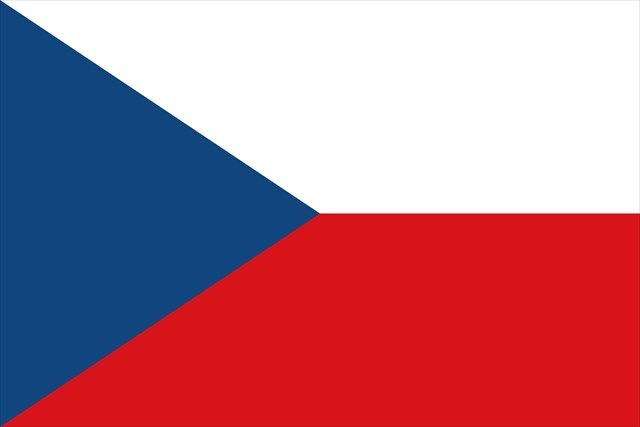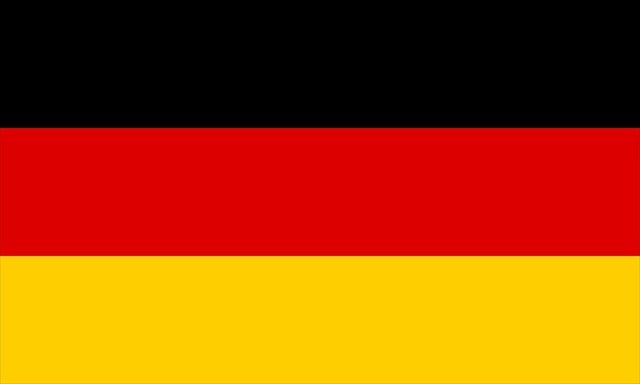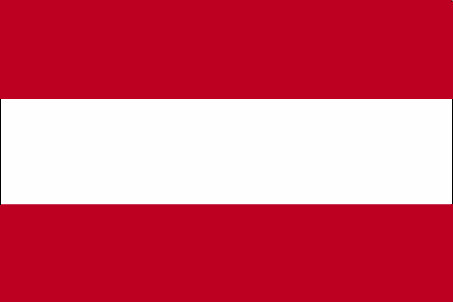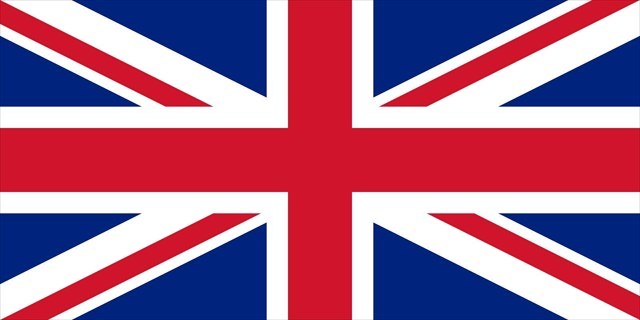Kolonáda Rajtsna - Reinsten
 [CZ]
[CZ]

Kolonáda obdelného půdorysu situovaná ve výrazné poloze nad Valticemi. Jde o architektonicky a sochařsky zajímavě utvářený celek z let 1811 – 1817, který svojí monumentální formou dominuje okolní krajině.
Kolonáda se nachází na vrchu Homole - zvaném také Reisten či Rajstna v nadmořské výšce 291 metrů. Ve všech knižních pojednání je tato stavba spojována jako imitace Glorietty vídeňského Schőnbrunnu. Monumentální architektura na půdorysu protáhlého obdélníku je tvořena centrálním triumfálním obloukem, vyvýšená atika uprostřed tvoří tvar vítězného oblouku. Stavba je tvořena 24 sloupy s korintskými hlavicemi. V krajním pilíři kolonády je umístěno schodiště se 77 schody, vedoucí na vyhlídkovou plošinu na střeše. Zadní část stavby zdobí náhrobky, v ostatních částech jsou reliéfy a vlysy, připomínající charakterové vlastnosti knížete. Na průčelí jsou pilíře přibližně do dvou třetin dekorovány rozměrnými, půlkruhově zaklenutými nikami, v nichž jsou na průčelí orientovaném k obci Schrattenberg, uplatněny velké antické urny, postavené na hranolových pilířích; na průčelí orientovaném k Valticím jsou na hranolových pilířích postaveny mužské postavy v antických tógách v nadživotní velikosti.
Kolonádu nechal postavit v letech 1811–1817 kníže Jan I. z Lichtenštejna jako vyhlídku a zároveň památník na svého zesnulého otce Františka Josefa I. Stavbu navrhl architekt Hardmuth, ale byla dokončena v dnešní podobě za vedení architekta Kornhäusela v roce 1817. Po roce 1945 se kolonáda ocitla v nepřístupném hraničním pásmu a sloužila jako pozorovatelna pohraniční stráže. Po roce 1989 přešla kolonáda do správy Národního památkového ústavu a byla postupně rekonstruována. Provoz Kolonády Reistny vede vinařství CHÂTEAU VALTICE.
Z vyhlídkového ochozu Reistny se nabízí nádherný výhled na všechny světové strany na východě možno vidět Malé Karpaty, na sever Valtice s vinohrady a Lednici s překrásným Minaretem. Na západě je pak k vidění Mikulov se zámkem Dietrichštejnů, Pálavu a rybník Nesyt. Na jihu se rozprostírá rakouské město Schrattenberg a dolnorakouská krajina a jsou vidět i ruiny hradu Falkensteinu.
Podmínky pro uznání logování
1) Odpovězte na následující otázky :
a) Počet velkých antických uren postavených na hranolových pilířích na celé kolonádě
b) Počet „květin“ v horní části centrálního triumfálního oblouku
c) Jaké zemědělské nástroje jsou na boční západní straně kolonády v horním reliéfu.
2) Pořiďte Vaši fotografii, GPS nebo nějakou osobní věc před Vámi vybranou sochou mužské postavy v antických tógách v nadživotní velikosti na kolonádě.
Fotografii připojte do Vašeho „Found it!“ logu. Odpovědi prosím pošlete ihned po zalogovaní na e-mail na stránce mého profilu. Nečekejte na schválení správnosti. V případe, že budou odpovědi nesprávné, budu Vás kontaktovat.
Logy, které nebudou obsahovat požadovanou fotografii, budou podle pravidel pro nesplnění podmínky zalogování smazány.
Kolonnade Reinsten

 [DE]
[DE]

Kolonnade eines rechteckigen Grundrisses an einer bedeutenden Stelle oberhalb von Valtice. Es ist ein architektonisch und skulptural interessanter Komplex von 1811 - 1817, der mit seiner monumentalen Form die umliegende Landschaft dominiert.
Die Kolonnade befindet sich auf dem Hügel Homole - auch Reisten oder Rajstna genannt - auf einer Höhe von 291 Metern. In allen Buchabhandlungen steht, dass dieses Gebäude eine Imitation der Gloriette in Schönbrunn in Wien darstellen soll. Die monumentale Architektur auf dem Grundriss des langgestreckten Rechtecks besteht aus einem zentralen Triumphbogen, der erhöhte Dachboden in der Mitte bildet die Form eines Triumphbogens. Das Gebäude besteht aus 24 Säulen mit korinthischen Hauptstädten. In der äußeren Säule der Kolonnade befindet sich eine Treppe mit 77 Stufen, die zu einer Aussichtsplattform auf dem Dach führt. Der hintere Teil des Gebäudes ist mit Grabsteinen verziert, in den anderen Teilen befinden sich Reliefs und Friese, die an die Charaktereigenschaften des Prinzen erinnern. An der Fassade sind die Pfeiler zu etwa zwei Dritteln mit großen, halbkreisförmigen Bogennischen geschmückt, in denen große antike Urnen auf prismatischen Pfeilern auf der dem Dorf Schrattenberg zugewandten Fassade verwendet werden. Auf der Valtice zugewandten Fassade sind prismatische Säulen mit männlichen Figuren in antiken, toga-großen, überlebensgroßen Formen errichtet.
Die Kolonnade wurde zwischen 1811 und 1817 von Fürst Johann I. von Liechtenstein als Aussichtspunkt und gleichzeitig als Denkmal für seinen verstorbenen Vater Franz Joseph I. erbaut. Das Gebäude wurde vom Architekten Hardmuth entworfen, aber in seiner jetzigen Form unter der Leitung des Architekten Kornhäusel 1817 fertiggestellt. Die Kolonnade befand sich einst in einer unzugänglichen Grenzzone und diente als Grenzwache. Nach 1989 wurde die Kolonnade vom National Heritage Institute verwaltet und schrittweise rekonstruiert. Der Betrieb der Colonnade Reistna wird vom Weingut CHÂTEAU VALTICE geleitet.
Die Reistna-Aussichtsplattform bietet einen spektakulären Blick in alle Richtungen - im Osten sehen Sie die Kleinen Karpaten, im Norden Valtice mit Weinbergen und Lednice mit einem wunderschönen Minarett, im Westen Mikulov mit der Dietrichštejn Burg , Pálava und Nesyt. Im Süden erstrecken sich die österreichische Stadt Schrattenberg und die niederösterreichische Landschaft, und die Ruinen der Burg Falkenstein sind ebenfalls sichtbar.
Logbedingungen:
1) Beantworten Sie die folgenden Fragen:
a) Anzahl der großen antiken Urnen, die auf prismatischen Säulen in der gesamten Kolonnade errichtet wurden
b) Die Anzahl der „Blumen“ am oberen Rand des zentralen Triumphbogens
c) Welche landwirtschaftlichen Geräte befinden sich auf der Westseite der Kolonnade?
2) Machen Sie ein Foto mit ihrem GPS-Gerät oder einem persönlichem Gegenstand vor einer am Gelände ausgewählten Statue einer männlichen in Toga gekleideten Figur.
Fügen Sie das Foto Ihrem Fund-Log bei. Die Antworten senden Sie an die E-Mail-Adresse auf meiner Profilseite. Warten Sie nicht auf die Genehmigung. Falls die Antworten falsch sind, werde ich Sie kontaktieren.
Fund-Logs, die das erforderliche Foto nicht enthalten und wenn keine Antworten auf die geforderten eingeschickt wurden, werden gemäß den Regeln gelöscht.
Colonnade Reinsten
 [EN]
[EN]

The colonnade of a rectangular ground plan situated in a prominent position above town Valtice. It is an architecturally and sculpturally interesting complex from 1811 - 1817, which dominates the surrounding landscape with its monumental form.
The colonnade is located on the hill Homole - also called Reisten or Rajstna at an altitude of 291 meters. In all the book treatises, this building is associated as an imitation of the Glorietta of Schönbrunn in Vienna. The monumental architecture on the ground plan of the elongated rectangle consists of a central triumphal arch, the elevated ground in the middle forms the shape of a triumphal arch. The building consists of 24 columns with Corinthian capitals. In the outer pillar of the colonnade there is a staircase with 77 steps leading to a viewing platform on the roof. The back part of the building is decorated with tombstones, in the other parts there are reliefs and friezes, reminiscent of the prince's character traits. On the facade, the pillars are decorated to approximately two thirds with large, semicircular arched niches, in which large antique urns, built on prismatic pillars, are used on the façade facing the village of Schrattenberg; On the facade facing the Valtice, prismatic pillars are built of male figures in ancient toga-sized, larger-than-life size.
The colonnade was built between 1811 and 1817 by Prince John I of Liechtenstein as a lookout and at the same time as a memorial to his father Franz Joseph I. The building was designed by architect Hardmuth, but was completed in its current form under the leadership of architect Kornhäusel in 1817. The colonnade found itself in an inaccessible border zone and served as a border guard observation post. After 1989 the colonnade was administered by the National Heritage Institute and was gradually reconstructed. The Colonnade Reistna is run by the CHATEAU VALTICE winery.
From the observation deck Reistna offers a wonderful view of all directions in the east you can see the Little Carpathians, in the north Valtice with vineyards and Lednice with a beautiful Minaret. In the west you can see Mikulov with Dietrichstein chateau, Pálava hills and Nesyt pond. In the south, the Austrian town of Schrattenberg and the Lower Austrian countryside, and the ruins of Falkenstein Castle are also visible.
Conditions for recognition of logging :
1) Answer the following questions:
a) Number of large antique urns built on prismatic pillars throughout the colonnade
b) The number of “flowers” at the top of the central triumphal arch
c) What agricultural tools are on the western side of the colonnade in the upper relief?
2) Take your photo, GPS or some personal thing in front of you selected statue of a male figure in ancient toga-sized life-size colonnade.
Logs that do not contain the required photo will be removed according to the logging rules
Virtual Rewards 2.0 - 2019/2020
This Virtual Cache is part of a limited release of Virtuals created between June 4, 2019 and June 4, 2020. Only 4,000 cache owners were given the opportunity to hide a Virtual Cache. Learn more about Virtual Rewards 2.0 on the Geocaching Blog.